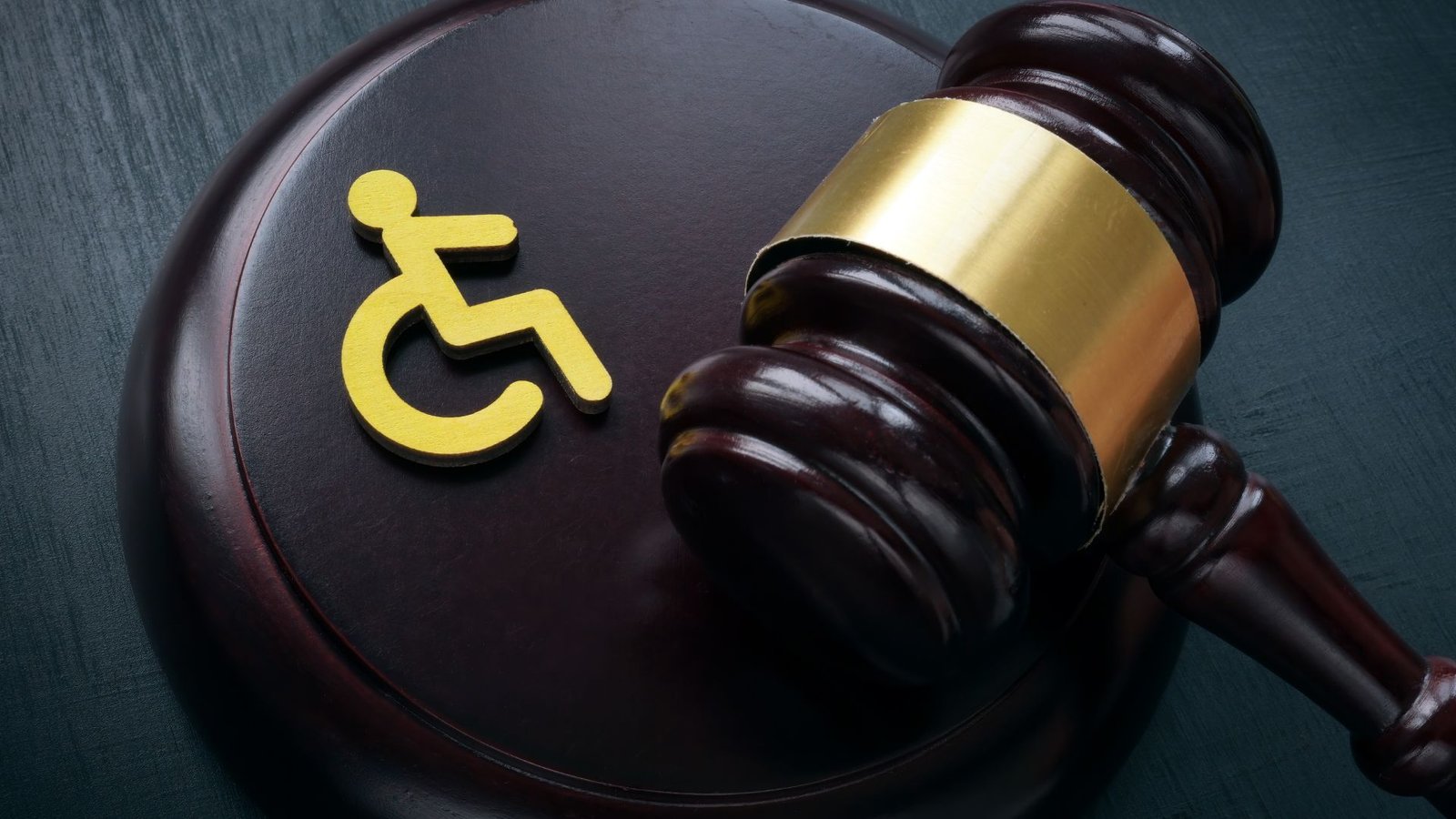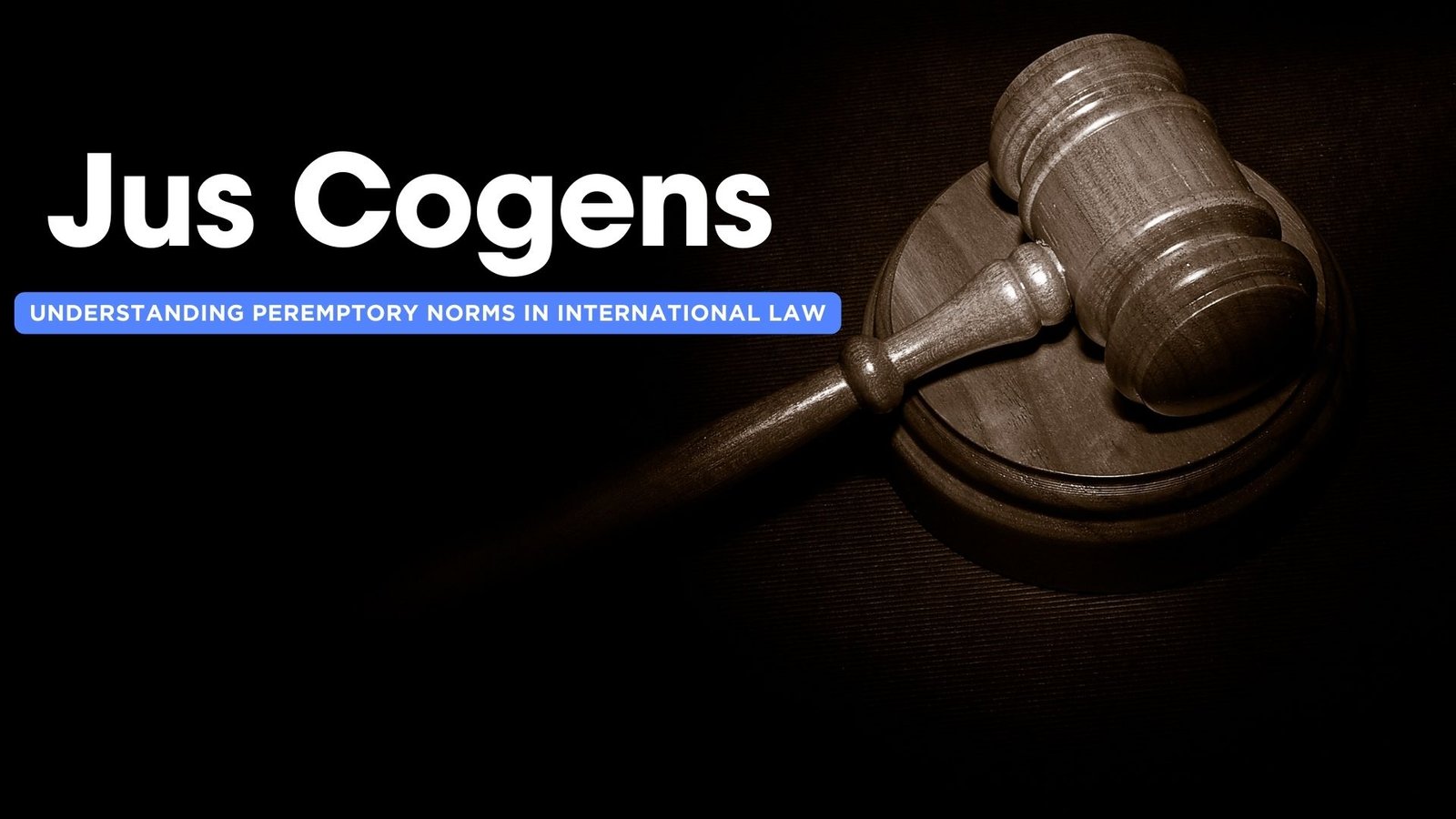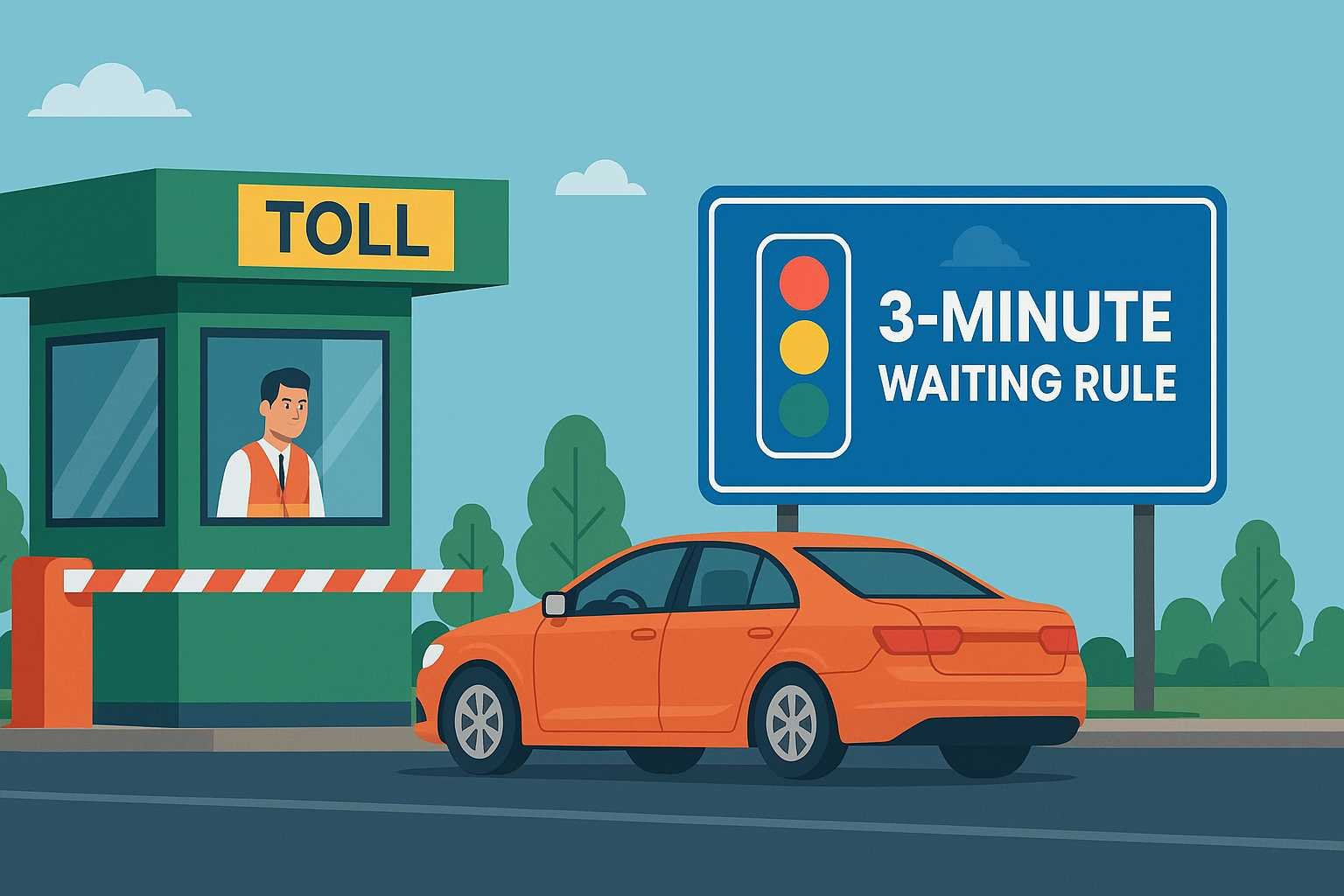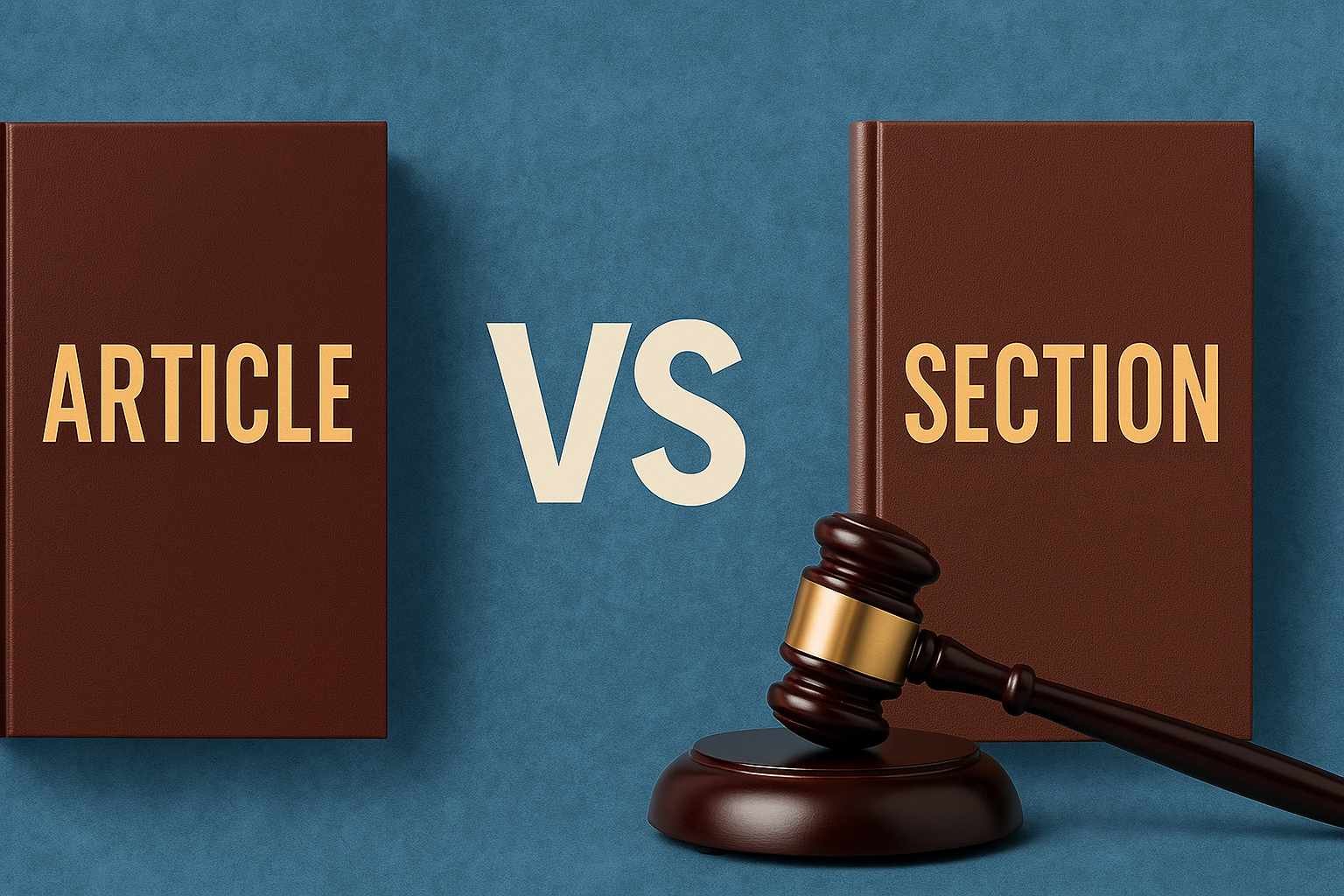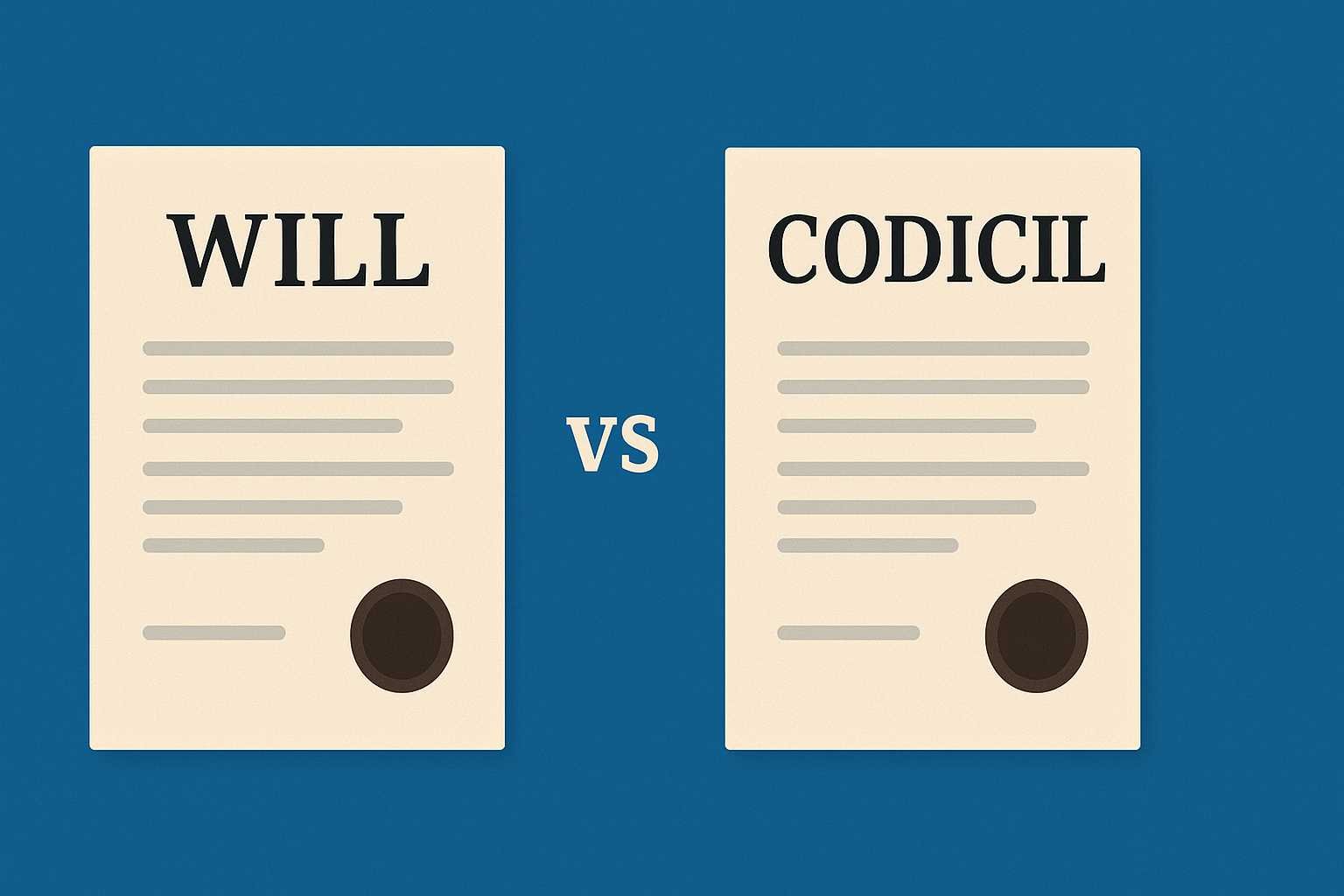On this page you will read detailed information about Economic System and Their Role in Society.
As you consider the economic systems that shape modern society, you must first understand their foundations and definitions. An economic system refers to the set of principles and processes that a society uses to determine how resources are produced and distributed among its population. The choices a nation makes about its economic system have profound impacts on the lives of its citizens and its position on the global stage. In your studies, you will analyze the major types of economic systems in the world today, from traditional to mixed market to communist models. Tracing the evolution of economic thought provides insights into the values and goals that drive each system’s policies. Defining the core tenets of capitalism, socialism, and other structures allows you to grasp their complex roles in communities. With this baseline knowledge, you can then critically assess the benefits and drawbacks of your own country’s approach.
What Is an Economic System?
An economic system refers to the means by which a society organizes the production, distribution, and consumption of goods and services. Every society must determine how to allocate its limited resources to meet the needs and wants of its citizens.
Types of Economic Systems
The major types of economic systems are:
- Capitalism: A capitalistic system relies on the free market to determine what goods and services are produced and how they are distributed. The primary role of government is to protect private property rights and enforce contracts. Capitalism aims to maximize individual profit and economic freedom.
- Socialism: In a socialist system, the government plays a significant role in regulating the economy and redistributing resources to meet social goals like equality or social welfare. The government may own key factors of production like natural resources or control infrastructure and utilities. The free market’s influence is limited.
- Communism: A communist system aims for collective ownership of the means of production and collective distribution of resources. The government, often an authoritarian one, controls most economic activity. Private property and the free market are abolished. The goal is an egalitarian society with common ownership of property.
- Mixed: Most modern economies have a mix of capitalist and socialist elements, often referred to as a mixed economy. Governments intervene to varying degrees using policies like progressive taxation, minimum wage laws, and public services. But private ownership of property and free market activity are also present. A mixed system aims to balance economic freedom and social equality.
Economic systems provide the framework for how a society functions. They aim to utilize resources efficiently while meeting the needs of citizens, though they go about achieving these goals in very different ways. Understanding the pros and cons of each system can help in determining an approach that is optimally suited to a given society.
Types of Economic Systems: Traditional, Command, Market, Mixed
Traditional Economic System
A traditional economic system relies on customs, beliefs and rituals to distribute resources and determine what goods and services are produced. These economies are usually based on agricultural or subsistence farming, where most of the population is involved in producing food and goods for their own use. There is little surplus or trade. Traditional economies are often found in developing countries.
Command Economic System
In a command economic system, a central government controls all major aspects of the economy. The government decides what goods and services are produced, how they are produced, and who receives them. Resources and wealth are distributed as the government sees fit. Private ownership and free trade are limited. Historically, command economies have been communist or socialist systems like the former Soviet Union.
Market Economic System
A market economic system relies on the free market forces of supply and demand to determine what goods and services are produced, how they are produced, and who receives them. Private individuals and businesses own the means of production and are free to produce goods and services based on open competition and consumer demands. The role of government is limited to protecting property rights, enforcing contracts, and maintaining the rule of law. The United States is an example of a market economy.
Mixed Economic System
A mixed economic system incorporates elements of both the market system and the command system. The means of production are primarily privately owned, but the government plays a significant role in regulating and stabilizing the economy. The government also provides public services like infrastructure, healthcare, education, and welfare. Most modern economies today, including Western European countries, have mixed economic systems. The level of government intervention varies in each system.
In summary, the type of economic system a country adopts depends on its political ideology and values. Each system has its pros and cons in terms of efficiency, equity, and individual freedoms. There is no universally ideal economic system and countries often incorporate elements of multiple systems to suit their unique circumstances.
Key Characteristics of Different Economic Systems
Command/Centralized Economy
In a command economy, a central authority controls all major aspects of economic activity. The government determines what goods and services are produced, how much is produced, and how resources are allocated. Private property and free markets are non-existent. The government creates production quotas and determines prices for all goods and services. Examples of command economies include the former Soviet Union and Cuba.
Market Economy
A market economy relies primarily on free markets and private individuals to make economic decisions regarding the production and distribution of goods and services. Private property and free enterprise are key features. Prices are determined by supply and demand with little government intervention. Businesses and consumers are free to make their own choices based on individual self-interest. The U.S. economy is a market economy.
Mixed Economy
A mixed economy incorporates elements of both market and command economies. While private individuals and businesses own property and make economic decisions, the government may intervene to regulate markets and promote social welfare. Many modern economies, including countries in Western Europe and Canada, have mixed economies. They aim to balance free markets with government regulation.
In summary, the key characteristics that define an economic system are the level of government intervention, ownership of property, and freedom of choice. Command economies have high government control, collective ownership, and little choice. Market economies emphasize private ownership, free markets, and individual choice. Mixed economies incorporate aspects of both systems. The type of economic system adopted by a country depends on its political ideology and values. Each system has its pros and cons, so most modern economies incorporate a mix of policies to optimize economic freedom and social welfare.
In the previous post, we had shared information about The Disability Discrimination Act 2005: Protecting the Rights of the Disabled, so read that post also.
Major Economic Systems Used Today
There are three primary economic systems used in societies around the world: capitalism, socialism, and communism.
Capitalism is an economic system based on private ownership of businesses and the free market. In a capitalist system, the means of production are largely privately owned, and the main incentive for economic activity is making a profit. The free market and competition primarily determine what goods and services are produced and how they are distributed. The United States has a capitalist economy.
Socialism is an economic system in which the means of production are socially owned. There is a greater focus on cooperation and social welfare. The government plays a significant role in regulating and redistributing resources to meet the basic needs of citizens. Many European countries have socialist economic policies that provide universal healthcare, public education, and other social services.
Communism is an economic system in which the means of production are collectively owned and private property is eliminated. The government controls the economy and aims for an egalitarian and classless system based on common ownership of property. There is no free market or economic competition. Communist governments, like the former Soviet Union and China under Mao Zedong, have centralized control over social and economic affairs.
In practice, most modern economies implement a mix of these systems, with varying degrees of government intervention and regulation. As globalization increases, countries are adapting their economic policies to compete on a global scale while also providing basic necessities and social welfare for their citizens. The debate between free markets and government regulation is continuous in most societies. A balanced and well-regulated economy that protects both private enterprise and the common good is the aim of most democratic societies today.
Evaluating the Pros and Cons of Each System
Capitalism
Capitalism is an economic system based on the private ownership of the means of production and the creation of goods or services for profit. In a capitalist system, the free market determines the prices and distribution of capital goods.
Supporters argue that capitalism encourages innovation and economic freedom. Competition drives companies to develop new products and services that improve our lives. Capitalism also promotes efficiency as companies must keep costs low to maximize profits.
However, critics argue that capitalism can lead to inequality and instability. The pursuit of profits can lead companies to pay low wages and poor working conditions. Recessions and economic crises are also more likely under capitalism due to overproduction, speculation, and inequality. The free market does not address external costs to society like pollution. Regulation is needed to curb these excesses, though too much regulation reduces economic freedom.
Socialism
Socialism is an economic system based on the public or collective ownership of the means of production and distribution. The central government controls key economic factors like prices, wages, interest rates, and investment.
Proponents argue that socialism reduces inequality and prioritizes social welfare. The government can allocate resources to provide universal public services like healthcare, education, and infrastructure. Economic planning aims to prevent overproduction and instability.
However, critics argue that socialism reduces economic freedom and efficiency. Central planning is slow to respond to changes in supply and demand, leading to shortages and surpluses. Lack of competition reduces innovation. Government control of the economy also concentrates power and is prone to corruption. Most economies today are mixed, incorporating elements of both capitalism and socialism.
In summary, there are reasonable arguments on both sides. Ultimately, there is no perfect economic system, and each country must evaluate how to balance economic freedom, equality, and stability based on their unique history and values. With open and honest debate, compromise and progress can be achieved.
How Economic Systems Influence Society
The type of economic system a society chooses to implement fundamentally impacts how that society functions. Economic systems determine how resources are allocated and distributed, as well as who controls these resources. The three primary economic systems are capitalism, socialism, and communism.
Capitalism relies on free market competition and private ownership of property and businesses. Resources are allocated based on supply and demand and the pursuit of profit. In capitalist societies, individuals have economic freedom and opportunity for financial gain. However, this can also lead to income inequality and instability. The United States is a capitalist economy.
In contrast, socialism and communism advocate for public or collective ownership of property and economic equality. The government plays a large role in allocating resources and determining economic activity. Socialist systems aim to distribute wealth and meet basic human needs. However, too much government control can hinder economic growth and innovation.
Communism is an extreme form of socialism in which the government has centralized control over all aspects of economic activity and aims to redistribute wealth to achieve economic equality. However, in practice communist governments have struggled to effectively manage resources and meet citizens’ needs, often leading to a lower standard of living. China currently has a communist political system with an increasingly capitalist economy.
The economic system a country chooses depends on its values and priorities. There are benefits and drawbacks to each system, and most modern economies have a mix of capitalist and socialist policies and programs. Overall, the type of economic system significantly impacts a society’s prosperity, freedom, and equality. The influence of any economic system, whether good or bad, on a society and nation’s development cannot be understated.
Factors That Shape a Country’s Economic System
The economic system of a country refers to the means by which it organizes the production and distribution of goods and services. Several key factors shape a nation’s economic structure and policies.
Geographic attributes like natural resources, climate, and location significantly impact a country’s economic system. Nations with abundant natural resources may rely more heavily on mining, agriculture, or energy production. Access to waterways or strategic location along trade routes also enable certain economic activities.
A country’s political ideologies shape its economic system as well. Socialist or communist governments typically give more government control over the economy. Capitalist democracies emphasize free markets and private business ownership. Mixed economies incorporate elements of both.
Cultural values and social customs additionally contribute to a nation’s economy. For example, societies that emphasize individualism and entrepreneurship often develop market-based economies. Those focused on community and equality may adopt more socialist policies.
Historical events can also mold a country’s economy. Wars, revolutions, periods of isolationism, or colonial rule frequently alter economic structures. For instance, post-World War II Japan transitioned from an isolated economy to an export-focused market system. China shifted from communist to socialist market policies after the Cultural Revolution.
In summary, while a nation’s leaders determine economic policies, deeper forces like geography, politics, culture, and history fundamentally shape its economic system. Together these factors establish the groundwork for a country’s economy and continue to steer its progress and development over time. Understanding the forces that gave rise to a nation’s economy provides insight into its key values, priorities, and challenges.
Economic System Transitions Throughout History
As societies have evolved over time,so too have their economic systems. The earliest systems were based on subsistence economics, where people primarily grew or hunted their own food and produced goods mostly for self-sufficiency. Eventually,as trade networks developed, barter systems emerged where people exchanged surplus goods and services directly for other goods and services they needed.
The Rise of Money Economies
The introduction of money as a medium of exchange in markets enabled the development of money economies. People could now sell goods and services for money instead of direct barter and use that money to purchase other necessities. The first money economies date back to around 600 BC. As commerce grew more complex, financial institutions like banks emerged to handle money lending and investment.
The Industrial Revolution and Growth of Capitalism
The Industrial Revolution resulted in mass production of goods, creation of factories, and development of advanced transportation systems. This enabled the accumulation and investment of capital on a large scale, spurring the rise of capitalism. In capitalist systems, the means of production are primarily privately owned, and investment decisions are largely determined by the free market. Capitalism aims to generate the highest return on investment and capital accumulation.
The Rise of Mixed Economies
Most modern economies are mixed economies, with elements of both private ownership and free market capitalism combined with government intervention and public ownership. Mixed economies aim to balance the interests of private business with the overall well-being of citizens. Governments implement policies like minimum wages, environmental and consumer protections to promote social welfare. Transitions between economic systems often happen gradually in response to technological, social and political changes. Understanding how and why economies have evolved can provide insight into how they may continue to change in the future.
Conclusion
As we have explored, economic systems shape the production, distribution and consumption of goods and services within a society. Whether market, command, traditional or mixed, each system balances government control, private ownership and economic freedom. While no framework is perfect, understanding the core tenets of each can empower citizens to evaluate policy, advocate for needed reforms and build a more just economy. With knowledge comes responsibility. Use it to forge a society where all can thrive. Now the future lies in your hands.
The path ahead awaits your step. Walk it wisely.
Disclaimer
The information and services on this website are not intended to and shall not be used as legal advice. You should consult a Legal Professional for any legal or solicited advice. While we have good faith and our own independent research to every information listed on the website and do our best to ensure that the data provided is accurate. However, we do not guarantee the information provided is accurate and make no representation or warranty of any kind, express or implied, regarding the accuracy, adequacy, validity, reliability, availability, or completeness of any information on the Site. UNDER NO CIRCUMSTANCES SHALL WE HAVE ANY LIABILITY TO YOU FOR ANY LOSS OR DAMAGE OF ANY KIND INCURRED AS A RESULT OR RELIANCE ON ANY INFORMATION PROVIDED ON THE SITE. YOUR USE OF THE SITE AND YOUR RELIANCE ON ANY INFORMATION ON THE SITE IS SOLELY AT YOUR OWN RISK. Comments on this website are the sole responsibility of their writers so the accuracy, completeness, veracity, honesty, factuality and politeness of comments are not guaranteed.
So friends, today we talked about Economic System and Their Role in Society, hope you liked our post.
If you liked the information about Economic System and Their Role in Society, then definitely share this article with your friends.


